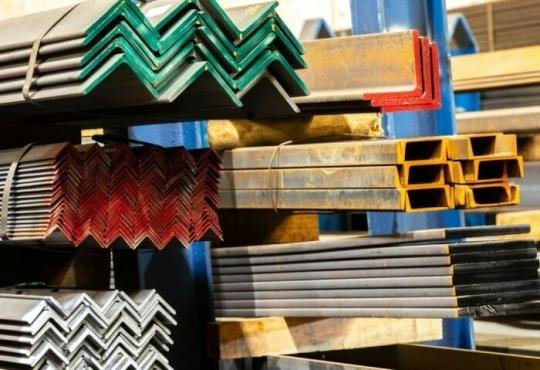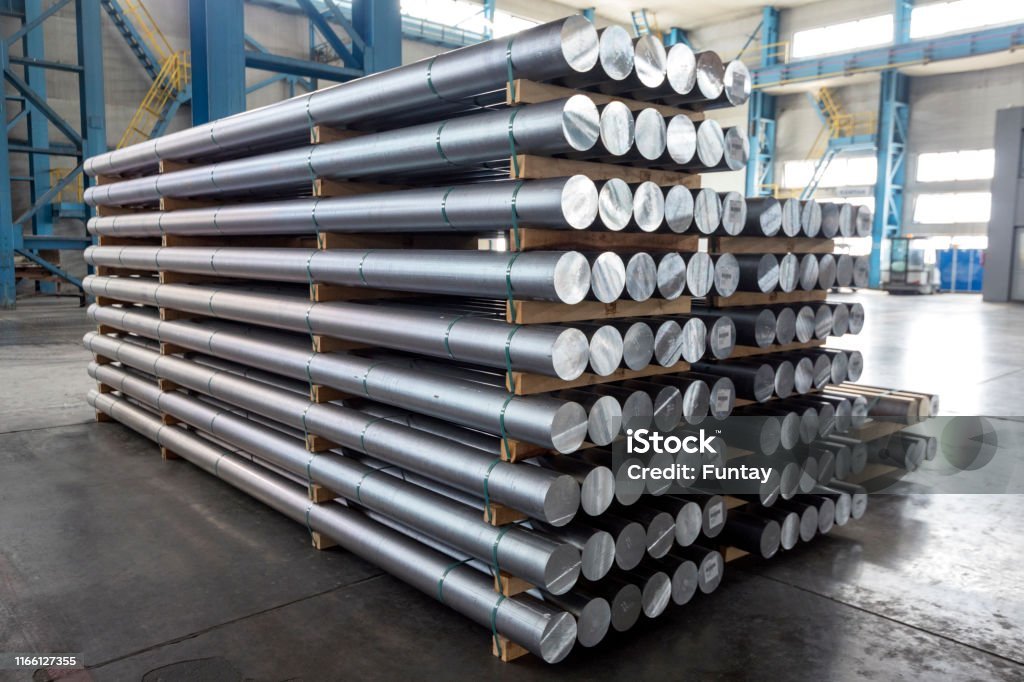Angle iron, with its distinctive L-shaped profile, is a versatile metalwork material used in countless projects, from building sturdy frames to crafting decorative elements. But beneath its seemingly simple form lies the inherent danger of working with metal.
Therefore, prioritizing safety is paramount when working with angle iron. This guest blog dives into seven essential safety precautions to ensure a smooth, injury-free experience for you and anyone around you.

1. Dress for the Job, Not for Comfort
While comfort is important, prioritize safety attire when working with angle iron. Here’s what your safety gear checklist should include:
- Heavy-duty work gloves: These shield your hands from cuts, scrapes, and abrasions caused by sharp edges or flying debris. Opt for gloves with good dexterity to maintain control over tools.
- Safety glasses: Sparks and metal slivers can fly during cutting or grinding. Wear safety glasses that comply with the American National Standards Institute (ANSI) Z87.1 standard for impact protection.
- Long pants and long-sleeved shirt: This protects your skin from hot metal, sparks, and accidental cuts. Consider fire-retardant clothing for projects involving welding or hot work.
- Safety boots: Steel-toed boots safeguard your feet from falling objects or accidental tool slips. Opt for boots with good traction to prevent slips and falls on potentially uneven workshop floors.
2. Gearing Up: The Power of Personal Protective Equipment (PPE) for Angle Iron Projects
Beyond basic clothing, consider these additional PPE elements for optimal safety:
- Welding helmet: If your project involves welding angle iron, a welding helmet with the appropriate shade level for your specific welding process is crucial. This protects your eyes and face from harmful ultraviolet (UV) radiation and intense light emitted during welding.
- Ear protection: Cutting, grinding, and drilling angle iron can generate significant noise levels. Earmuffs or earplugs that meet noise reduction ratings (NRR) established by the National Institute for Occupational Safety and Health (NIOSH) are essential for safeguarding your hearing.
- Respirator: Grinding and cutting operations can create metal dust. A properly fitted respirator with the appropriate filter for the type of metal you’re working with helps prevent inhaling harmful dust particles.
3. Know Your Tools and Use Them Right
The proper use and maintenance of tools are critical for safety:
- Select the right tool for the job: Don’t force a tool to perform a task it’s not designed for. For instance, use a hacksaw for small cuts and an angle grinder for larger cuts.
- Inspect tools before use: Check for damaged blades, loose handles, or faulty cords. Never use a tool in questionable condition.
- Maintain your tools: Regularly sharpen blades, replace worn-out components, and ensure proper lubrication according to the manufacturer’s instructions.
4. Taming the Sparks: Fire Safety When Working with Angle Iron
Angle iron projects often involve sparks and heat, making fire safety a top priority:
- Clear your workspace: Remove flammable materials like rags, solvents, or paint from the vicinity of your work area.
- Have a fire extinguisher readily available: Ensure you have a properly charged fire extinguisher with the appropriate rating for potential fires (e.g., Class A for ordinary combustibles).
- Maintain good ventilation: Adequate ventilation helps disperse fumes and smoke generated during cutting, grinding, or welding. Open windows and doors or utilize a ventilation system to keep the work area well-ventilated.
5. Securing Your Grip: Clamping Techniques for Safe Handling
Angle iron can be unwieldy and prone to slipping. Proper clamping techniques ensure control and prevent accidents:
- Use sturdy clamps: Choose clamps with sufficient capacity to hold the angle iron securely.
- Clamp on a stable surface: Secure the angle iron to a solid workbench or vise to prevent it from shifting or tipping during cutting, drilling, or welding.
- Double-check your clamps: Before starting any work, ensure all clamps are tightened securely to prevent the angle iron from moving unexpectedly.
6. Listen to Your Body: Importance of Proper Lifting Techniques
Angle iron can be heavy, especially in larger sizes. Improper lifting techniques can lead to back injuries. Here’s how to lift safely:
- Bend at the knees, not the back: Maintain a straight back and squat down to lift the angle iron. Engage your leg muscles to lift, not your back.
- Get help for heavy pieces: Don’t attempt to lift heavy sections of angle iron alone. Enlist a helper to ensure safe and controlled lifting.
- Use lifting equipment: For particularly heavy pieces, consider using lifting equipment like a hoist or crane to minimize manual strain.
7. Sharpen Your Skills: Importance of Knowledge and Training
While safety gear and proper techniques are essential, knowledge is power. Here’s how to further enhance your safety:
- Read and understand safety manuals: Familiarize yourself with the safety instructions for the specific tools and equipment you’ll be using for your angle iron project.
- Consider safety training: If your project involves tasks like welding or working with high-powered tools, consider taking safety training courses to gain a deeper understanding of potential hazards and safe work practices.
- Work in a well-lit environment: Good lighting helps you see potential hazards more clearly and avoid accidents.
Bonus Tip: Finding the Right Angle Iron Supplier

Now that you’re armed with safety knowledge, it’s time to source your angle iron. Look for a reputable metal supply near me that offers high-quality angle iron in various sizes and thicknesses to suit your project requirements. Many metal supply companies prioritize safety and can provide guidance on selecting the appropriate angle iron for your project.
Conclusion: A Safe and Successful Angle Iron Project
By prioritizing these seven essential safety precautions, you can approach your angle iron project with confidence. Remember, safety is not a suggestion; it’s an absolute necessity. With the right knowledge, safety gear, and proper techniques, you can transform your angle iron project from a potential hazard zone into a space for creative exploration and successful completion. So, gear up, stay safe, and get ready to create something remarkable!

